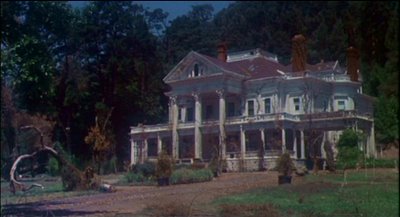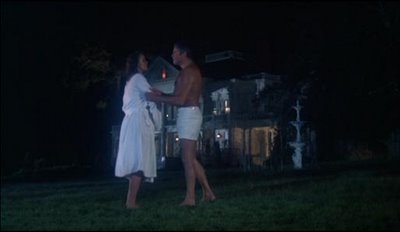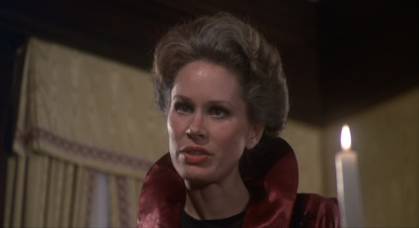I haven’t updated this blog in forever but that will soon change. And what better way to start than by sharing with you all the new issue of OneplusOne Journal, Occult, Magick, Evil and the Powers of Horror. Vol II, that includes my essay The House is Bad. I wrote this essay ages ago and it explores houses in the films The Haunting, House of Usher, and Burnt Offerings that aren’t haunted but are, instead, evil by birth. Touching upon subjects I’m very interested in (space, place, and horror), I’m thrilled to have the first concretized bit of writing from me on the subject is finally published.
An excerpt is included below but I encourage you to read read the entire issue (downloadable here) because it includes an interview with Graham Harman on H.P. Lovecraft and the horror of politeness in Michael Haneke’s Funny Games, amongst other stellar reads. Good stuff.
******
Cinema was born with a house that was bad. In the late 19th century, George Méliès not only laid the foundation for moviemaking but he also established the association of horror and the home with his fantastical short, The Devil’s Castle (1896). Over one hundred years later, the idea of the “old dark house” remains unshakable; the recent phenomenal critical and commercial success of James Wan’s The Conjuring (2013) is but one example of audiences desiring classic ghostly interventions within the familial space. But while the ubiquity of the house as a site from which spirits, psychotic murderers, and demonic forces come forth is genre commonplace, there are a select few films that expound upon the house itself as being evil.
So, what is an evil house? The evil house is considered here as Deleuzian/Bergsonian durational space, one that exists in a temporal status where there is a collapse of pasts and presents, interior and exterior, memories and events. The beginnings for a bad house lay in its construction; the time in which all of the above became embedded into its foundation or, as Roderick Usher says, the house contains, “every evil rooted within its stones.” In the bad house, the horror is unseen. It is not a portal for ghosts nor is it the manifestation of awful historical events. It is a vibrant living being born and transformed from wicked environments that systematically lure, destroy, and, occasionally, protect its inhabitants. Read the rest…






